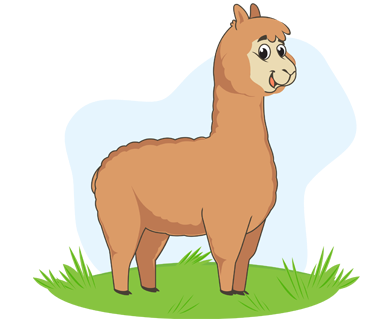
Alpacas evolved in South America, where the majority of the world’s population still live.
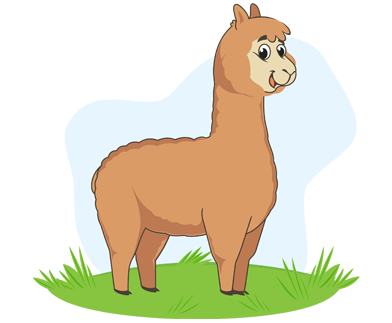
Baby alpacas are called cria.
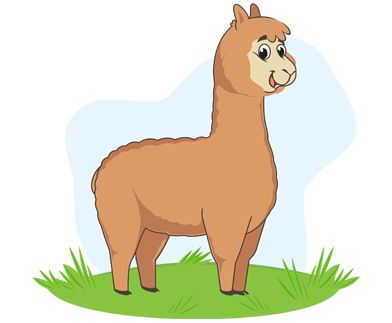
Alpacas can live up to 20 years.
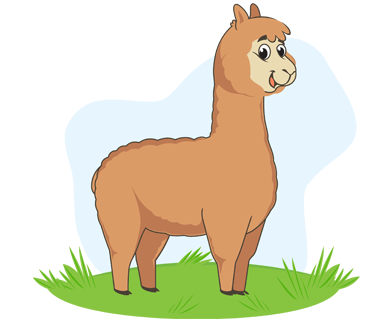
Alpacas are camelids, which means they’re in the same family as camels. Alpacas are also lamoids. Lamoids are members of the South American camelid family – this includes alpacas, llamas, vicunas, and guanacos.
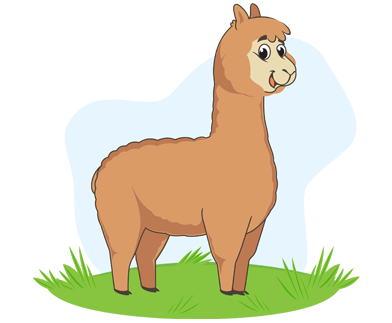
Alpaca herds all toilet in the same area of their environment.
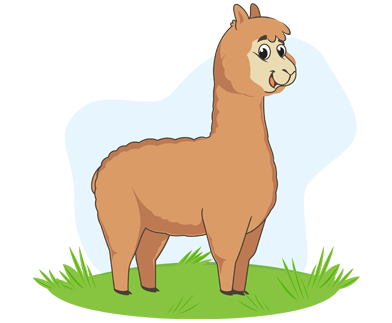
Alpacas breed once a year.
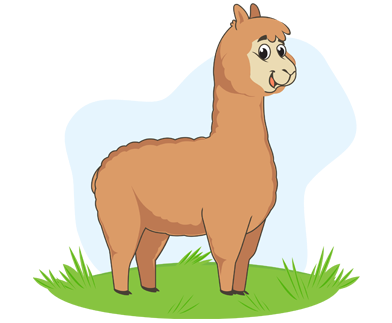
There are two breeds of alpacas – Suri and Huacaya.

Alpacas can be trained with reward-based training.
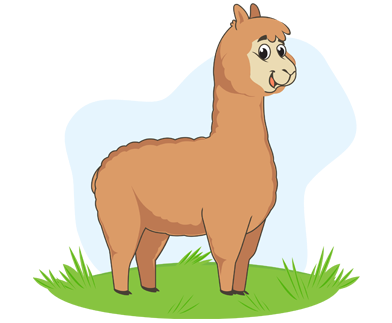
An alpaca’s stomach has three-chamberes
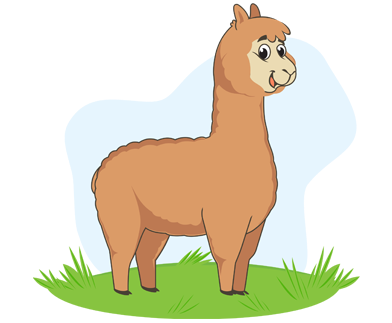
There are approximately 5000 alpacas in New Zealand.
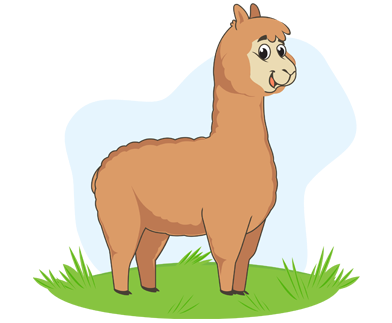
People introduced alpacas to New Zealand in 1986.
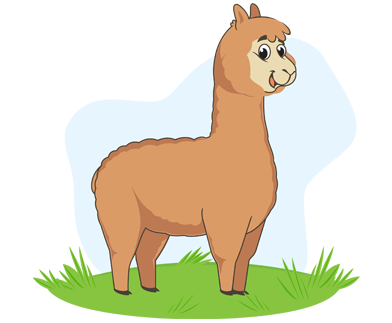
Cushing is a natural alpaca behaviour. This is when they lay down with all four of their legs underneath them.

Alpacas have nails, not hooves.
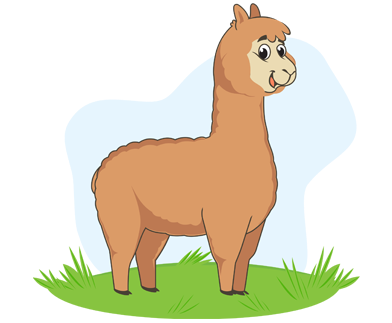
Alpaca are called modified ruminants, or pseudoruminants, as their stomach has three chambers, while ruminants have four.




















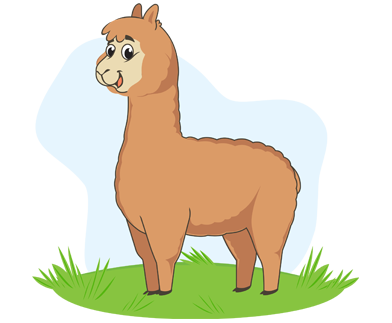
 Nutrition
Learn more
Nutrition
Learn more
 Environment
Learn more
Environment
Learn more
 Health
Learn more
Health
Learn more
 Behaviour
Learn more
Behaviour
Learn more
 Mental Wellbeing
Learn more
Mental Wellbeing
Learn more
.png)


